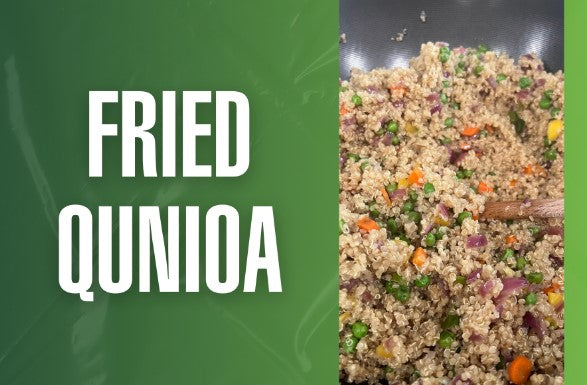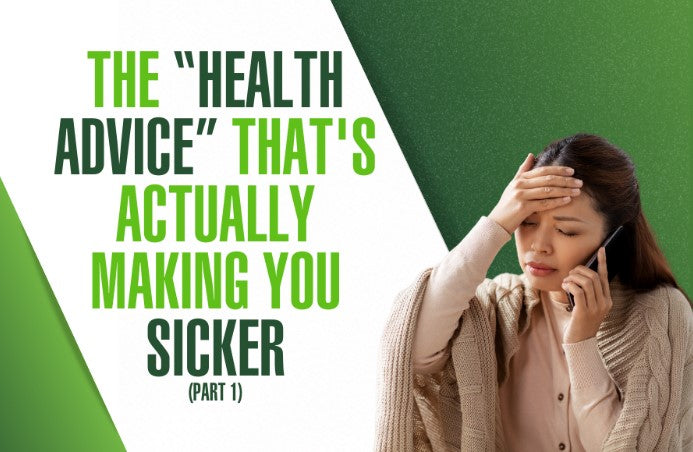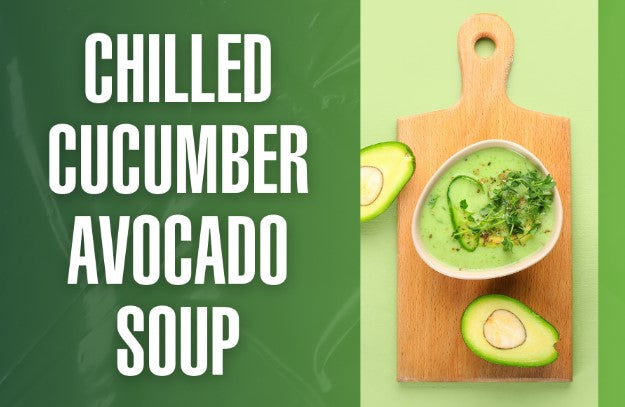
This is the last post in a month-long series clearing up misconceptions about health, wellness, and the alkaline lifestyle.
Today I want to tackle a supplement that many people think is good for them and will keep them from aging, but in fact, research states the opposite may be true.
In fact, consuming this ‘green’ supplement can lead to dangerous consequences. This is NOT my opinion, as research backs that up, and yet, people continue to take it, thinking they’re doing something good for their health.
What is this supplement that causes so much confusion? Spirulina and Blue Green Algae. I know, I was as shocked as you are when I first read this too!
What is Spirulina?
Spirulina is a type of blue-green algae that grows underwater in tropical regions off the coasts of Asia, Africa, South and Central America. It has been popular as food for centuries among Mesoamericans, including the Aztecs.
Today, it’s used as a supplement because it contains dense vitamins and minerals, plus essential fatty acids from a vegan source. It’s considered an alkaline supplement, as it’s high in minerals and contains no sugar (let’s forget for a moment about the toxicity of the ocean that it lives in).
People take it to fight candida and leaky gut syndrome, lower risks for heart disease like stroke and high blood pressure, and prevent brain deterioration from aging – but stay tuned for why that, in particular, is a problem.
The UN and World Health Organization actually recommend spirulina as a food to combat worldwide poverty because of its rich mineral and vegan protein components. NASA has even proposed cultivating it on long-term manned space missions.
So far, you might be thinking, “What’s not to like?” And you’re correct, all of that sounds great. But there’s more you need to know about spirulina.
Mixed Reactions
The professional recommendations about spirulina run the gamut.
I’m going to assume that their recommendations are out of date based on what we know now. That’s a challenging thing about working in health and wellness – there’s always new information coming out and while that’s fantastic, it can be tough to keep up.
My recommendation falls in line with Dr. Andrew Weil, who wrote, “To my mind spirulina never has been safe. I have been warning against it for years, and the finding that a neurotoxin found in some spirulina may be related to neurological diseases is the main reason to avoid it.”
What does Dr. Weil mean by that?
Three Reasons Spirulina Is Not Safe
- Neurological Threat
Remember how I said that people take spirulina to stave off brain deterioration from aging? Here’s why that’s so problematic. The opposite may, in fact, be true.
A chemical compound found in spirulina called BMAA is also found in cycad seeds villagers in Guam use to make their flour. BMAA is the responsible neurotoxin behind an alarming neurological disease that strikes the villagers that is like a horrific blend of Parkinson’s, ALS, and Alzheimer’s.
Further research revealed that monkeys that were fed fruit to which BMAA was added developed brain changes that were nearly identical to those found in the brains of the villagers who died from the neurological disease found in Guam.
Although more research is needed about spirulina and its BMAA consequences, this neurotoxin is nothing to mess around with, and needs to be avoided.
- Potential Liver Damage
This part is not emerging – we’ve known for years it is an issue and it’s confounding to me that experts ignore it.
Some spirulina supplements contain a toxin called microcystin at levels that are considered unsafe. In fact, a German study in 2011 analyzed 13 commercially distributed algae supplements and found harmful toxins in EVERY SINGLE ONE OF THEM.
What are microcystins? A class of toxins that grows in some freshwater cyanobacteria like blue-green algae, microcystins grow during algae blooms and create a threat to the local environment, including drinking water supplies.
Once ingested, they accumulate in the liver, where they can cause irreversible damage, especially in children who have been exposed to high levels.
- Heavy Metals
There’s also the problem of contamination. Spirulina produced in certain areas and conditions can be contaminated with toxic metals, including lead, mercury, and arsenic, which can lead to serious liver damage, nausea, vomiting, rapid heartbeat, shock, and even death.
Talk to your doctor about whether any supplement is right for you. In the case of spirulina, physicians warn that many people should not take spirulina, including women who are pregnant, people with compromised immune systems, people with diseases like Lupus and Multiple Sclerosis, and people taking all sorts of medications from NSAID pain relievers to drugs for heart disease.
Conclusion: You Don’t Need Spirulina!
Taken separately, these 3 health concerns would be enough to approach spirulina with skepticism. Together, they should be enough to convince you to put down the spirulina supplement so nobody gets hurt.
Remember WHY you decided to take a supplement that contained spirulina in it in the first place – to OPTIMIZE your health! Sure, spirulina has some health benefits. But there are so many other ways to get those benefits without the potentially dangerous side effects and precautions about spirulina.
Want the essential fatty acids contained in spirulina? Eat more good fats like avocado, and chia seeds. Take an Omega-3 supplement like Alkamind Daily Omega-3 that delivers the fatty acids most people are missing from their diets, EPA and DHA, in the right proportion. If you’re vegan or vegetarian, take micro-algae oil. This is a much safer source than blue-green algae supplements.
Want the nutrient-dense super food power of spirulina? Add more dark, leafy greens to your diet. Take a wheatgrass shot each day. Start each morning with Alkamind Daily Greens, which delivers 5 servings of greens in one small scoop, broken down for maximum absorbency. Other green powders cannot say that.
We’ve combined wheatgrass with cabbage, collard greens, parsley, romaine, dandelion, beets, carrots, broccoli, cucumbers, and celery. So by taking your Alkamind Daily Greens first thing every morning, you’re getting 5 whole servings of the most powerful, alkaline food on the planet!
 HEALTH BENEFITS OF DAILY GREENS
HEALTH BENEFITS OF DAILY GREENS
ENERGIZING, DETOXIFYING, & ALKALIZING: A superfood blend of 21 vegetables, grasses, herbs, low-sugar fruits, and nutrient-rich superfoods that fight inflammation, lose weight, gain energy, and optimize your health on a daily basis.
5-SERVINGS OF VEGETABLES IN 30 SECONDS: Jump-start your day in less than 30 seconds with the most energizing, chlorophyll-rich health tonic you will find!
100% RAW & ORGANICALLY GROWN: Daily Greens are created using low heat dehydration (88 degrees Fahrenheit), naturally preserving all of the chlorophyll-rich phytonutrients and active enzymes of the living food, keeping them as potent and fresh as the day they were harvested.
No Juicing, No Messy Clean-up, No Expensive Produce, No Hassles, No Brainer!
 Skip to content
Skip to content






